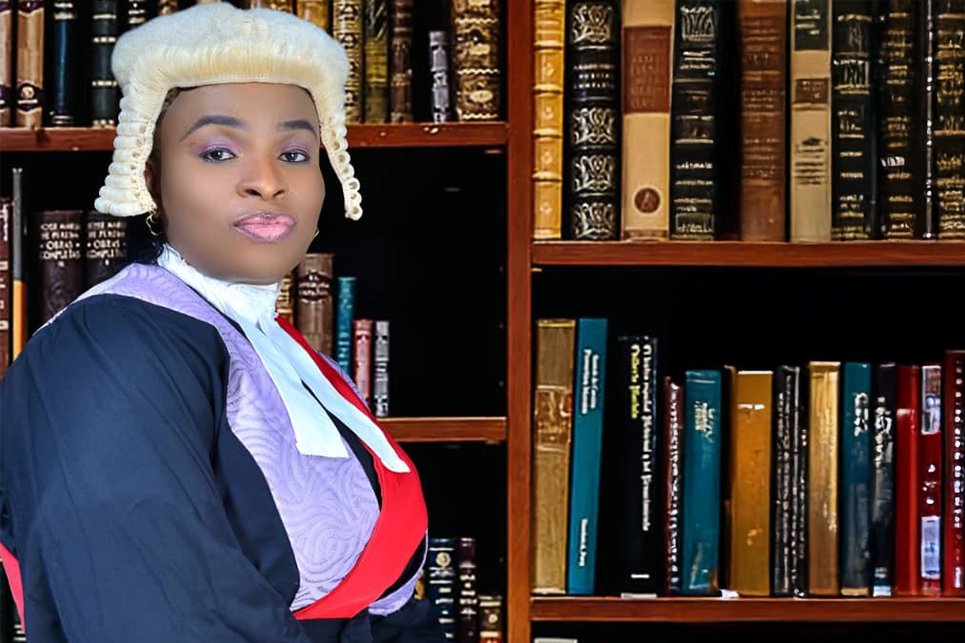Judicial Integrity must be seen to be believed
Marc Bax is a Senior Judge and a Press Judge in the District Court of Limburg, the Netherlands. He provides media training for judges in the Court of Limburg, as well as delivers training for newly appointed judges in the department of criminal law.
______________________________
Each and every judge is fully aware of the importance of ensuring that court sessions are open to the public, that not even the slightest obstacle is put in the way of journalists who want to report on court cases, and that all rulings are read in an open court. These are all part of the modern interpretation of the rule of law. The interpretation that was perhaps best expressed by the English author J.B. Morton when he wrote:“ Justice must not only be seen to be done but has to be seen to be believed.”
However, does not that same principle apply also to judicial integrity? Should integrity not also ‘be seen to be believed’?
Integrity of the judiciary is of vital importance to the society. The integrity of a judge should be without a shadow of a doubt. But how does one actually show the integrity of a judge? How can it be ‘seen to be believed’ by the public? And how can the society believe in the integrity of the judiciary as an organization? A judge as an individual can be honest, honorable and incorruptible, but if their colleagues are not, and if the organization is imbued with corruption, this will reflect on that judge and will affect their work.
So, how can judicial integrity be shown and how can the public be convinced?
The actual demonstration of the integrity of a judge and letting the public believe in their integrity is a difficult task, perhaps even a task that can never be done fully. It is like the proverbial horse: you can lead it to water, but you cannot make it drink. But to water you should lead it! By that analogy, you should give the public the possibility to control and to convince itself of the integrity of a judge. Of course, a judge should adhere to the laws, rules and regulations concerning integrity, but that in itself is not enough when you are of the opinion that integrity has to be seen to be believed. And when you think so, it is then of great importance that the public is given the possibility to examine a judge’s integrity.
Yet, how far should we take this?
It is clear that there should be legal provisions in place to challenge a judge when there is a justified doubt about their integrity, and to have the possibility to examine this issue by their colleagues. It is also generally expected that there should be open databases or registers that allow the public to access court decisions or information about former positions or outside activities of judges.
However, some other aspects might be less clear. For instance, should judges disclose their membership in political parties? Should they be open about political or religious beliefs? To what extent should judges and their families declare their assets? Should there be an opportunity to inquire into who belongs to the family of a judge or to their circle of friends and acquaintances?
These are all questions that do not have clear-cut answers but should be taken into consideration by each and every one of us. At the same time, one should also ask whether too much openness about a judge’s life might also not have harmful effects on the perception of the integrity of a judge.
In a modern democratic society that is governed by the rule of law, the integrity of a judge should be presupposed. Nevertheless, there should also be possibilities to control it. Seeing is believing. It remains to be answered to what extent this should be pursued. On my part, I do not know. Maybe it is a question for each one of us to reflect on.


